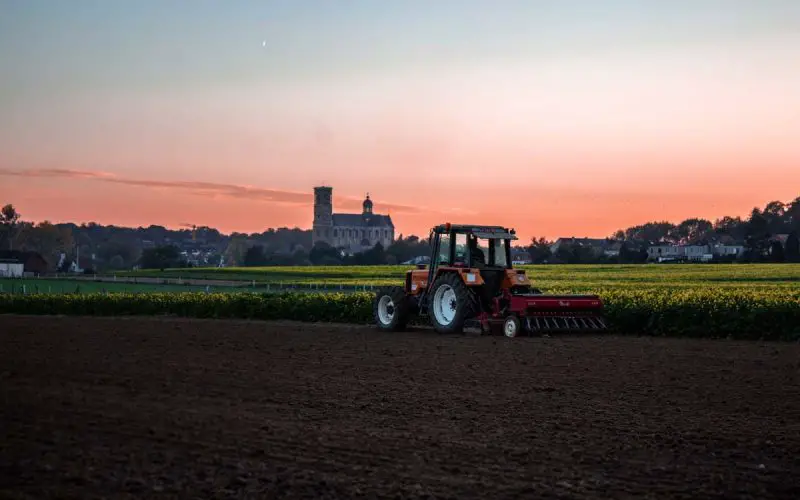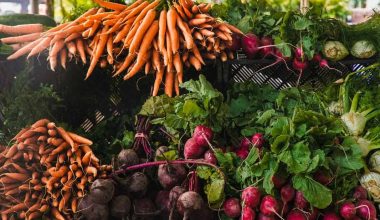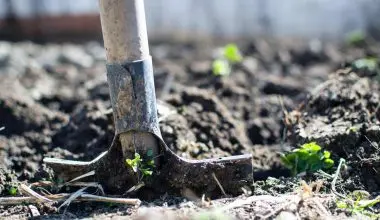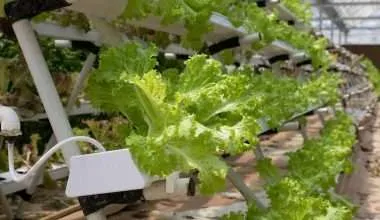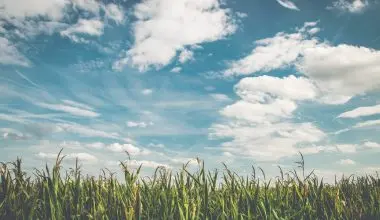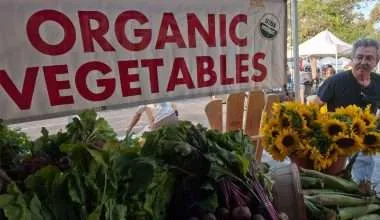Table of Contents Show
What does Cultivation Mean?
Cultivation can be described as an action of Tilling or Soil Refinement, where the farmer digs and cuts up the soil bed to prepare it for seeding.
Some farmers use tractors to do it, some use rototillers and others manually uplift the soil with shovel and soil forks.
When done properly, cultivation can be a major proponent of Integrated Pest Management.
When this is overdone, we term it as over-cultivation.
What is Over-cultivation?
Overcultivation is used to describe a land that has been used quite extensively to such an extent that the land’s productivity and soil health has started to decline.
Over-cultivation currently affects about one third of the total global land dedicated to farming. This is estimated to be around 10 million hectares of land annually.
With the growing demands for land, over cultivation is growing rapidly and that needs to be addressed as soon as possible.
Causes of Over cultivation
1. Overpopulation

Certainly, at a certain level, most of the environmental issues we see today are sourced from overpopulation. It has resulted in excessive land degradation and burden on Earth’s natural resources.
There is a constant increase in births and a constant improvement in life expectancy due to improved healthcare.
Both of these have resulted in population growth that is way more than what our Earth can handle (In terms of natural resources).
The growing population has to be fed from the same, limited amount of fertile arable land.
To ensure food security, Governments encouraged citizens to embrace farming and start growing crops. The demand kept on rising. This lead to farmers practicing over-cultivation to match the demand.
2. Increased Fertilizer Use
Fertilizers are an artificial way to improve soil fertility and enhance crop yields. Fertilizers make an artificial environment of soil nutrients in perfect proportions.
Unexpectedly, there has been a bad turn of events. The soils have become saturated with fertilizers due to overuse.
Fertilizers with a nutrient or two is fine; but excessively adding a number of nutrients may even cause damage to soil structure.
After a certain limit, increasing fertilizers does not enhance productivity and soil health.
In contrast, saturation of fertilizer in the soil may even reduce fertility.
3. Increased Pesticide Use
Every crop has its specific selection of pests that love to eat and damage it.
Farmers then apply pesticides to reduce invasion of these pests. Pesticides are sprayed on specific parts (stem, branches, flowers, leaves) of the plant. These are small areas where pests love to hang out.
At times, pesticides are generally applied throughout the field when a dangerous pest can invade any part of the crop.
Due to rain or farmers using surface irrigation (sprinklers), the chemical gets dissolved in water and leaches into the soil.
This will increase chemical concentration in the soil, damaging soil fertility and crop yield.
4. Limited Agricultural land; which is reducing already!
With higher demand of land for residential, commercial and grazing purposes; the land leftover for farming has reduced.
Very limited land is left for farming to provide for an increasing population.
Farmers have had to run 2-3 times more cycles of cultivations on their farms. Since this is practiced on the same piece of land, the land quality and soil health and fertility is set to decline.
There are certain rules in place. These rules are to give each plant best of conditions with good spacing and adequate depth.
However, in chase of higher yields, these rules have to be overcome at times.
Space-per-crop is severely minimized as a farmer plants more crops in the same area of land, leading to overcultivation.
Furthermore, agricultural lands have expanded into surrounding forests to meet demand.
Growing food demands with limited resources (Short Summary of Causes of Over-Cultivation )
Since last century, there has been tremendous research in development of every sector. Agricultural industry has also been progressing with the same pace, improving productivity.
This was very crucial to feed the growing population.
The demand has raised a lot whereas the available fertile land has decreased. This has cut off supply, forcing us to cultivate the same small piece of land to the maximum extent.
Unfortunately, these measures come at a cost which was not apparent until recently.
The farming practices for increasing productivity to match demands required extra chemical help from insecticides, pesticides, fertilizers and newer machines.
At the time this revolution started, all studies showed yields increasing in a linear fashion with using chemicals.
Then something unpredictable happened. The curve started to flatten out.
The threat was realized. There is a certain limit after which all the extra resources and investments do not lead to additional yield.
That’s not it; in some cases the yield doesn’t just level off but even decreases.
Similar effects were proved with poor irrigation practices.
Excessive water made no difference, in fact, made it worse.
You see if you water your houseplants once every day with sprinklers or a small can; it absorbs the water. But if you were to put an entire days supply of your home into the pot; the soil will get flooded and the plant won’t grow.
This was the point which marked the beginning of overcultivation and its negative effects.
Effects of Overcultivation
1. Damage to land (desertification)
Over cultivation puts extreme pressure on land. This makes the farm unsustainable for further use which can cause permanent damage to soil fertility.
Sometimes, the land becomes infertile to the point of desertification. Desertification itself has a different set of associated problems.
Desertification for longer periods of time can even lead to drought conditions.
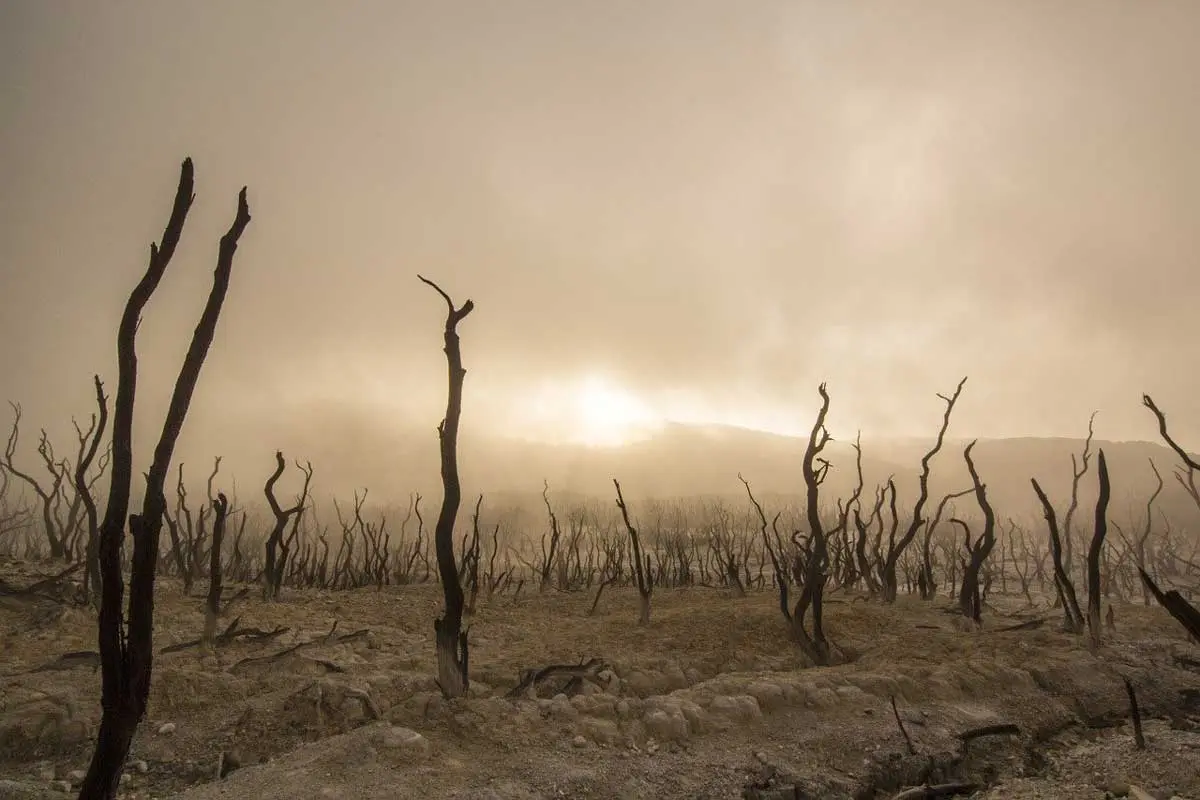
Drylands are more at risk of developing desertification. Drylands are areas with minimal rainfall where the evapo-transpiration from that area matches the amount of rainfall.
Drylands with minimal rainfall like Sub-Saharan Africa have experienced excessive amounts of desertification.
In addition, sand dunes make it worse when strong winds carry the sand onto fertile lands. Stronger winds have resulted in development of dust storms.
Seems like a very terrible thing, doesn’t it? Thankfully we have the right treatment for it.
2. Deforestation
When the area of farmland is not sufficient enough to fulfill demands, farmers expand into the surrounding forests and convert them into farmlands.
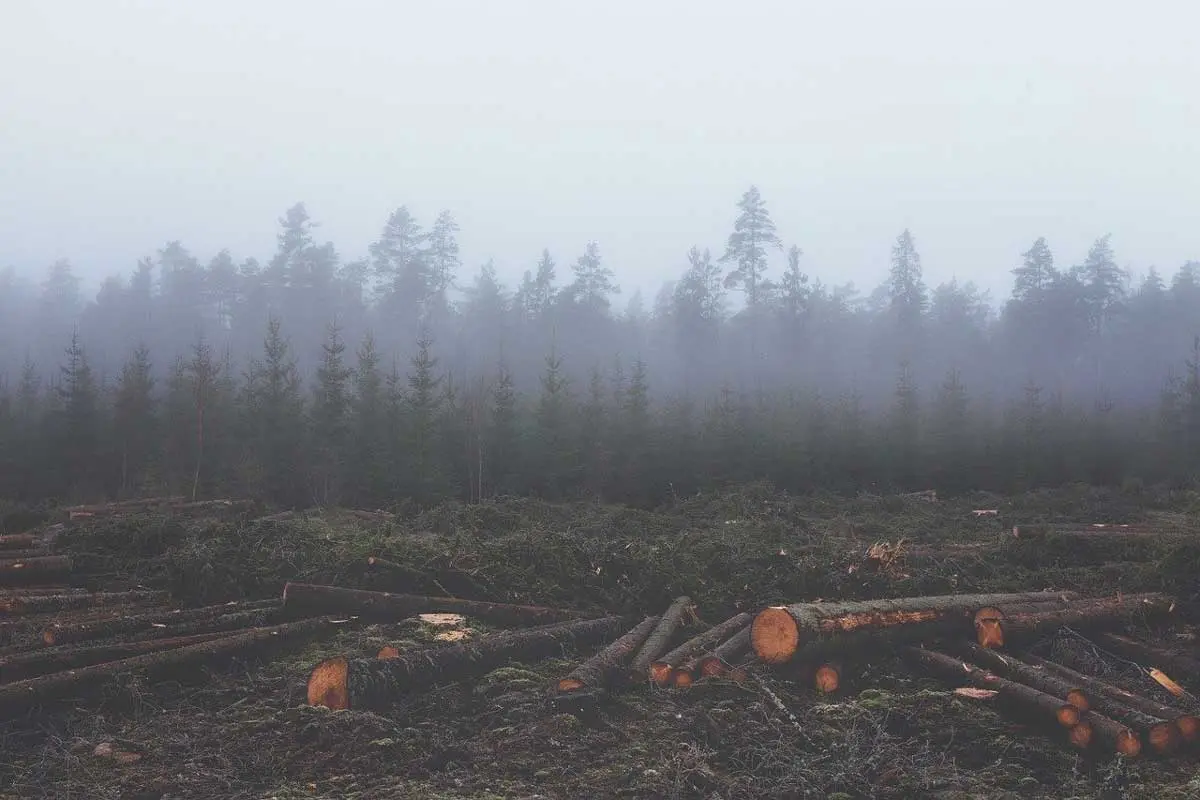
Tree-cutting isn’t only damaging to the pristine soil, but it impacts and speeds up global warming and climate change.
Additionally, tree roots hold the soil in place and prevent soil erosion.
P.S: Trees enhance water retention in the soil and maintain optimum soil fertility.
3. Soil Erosion
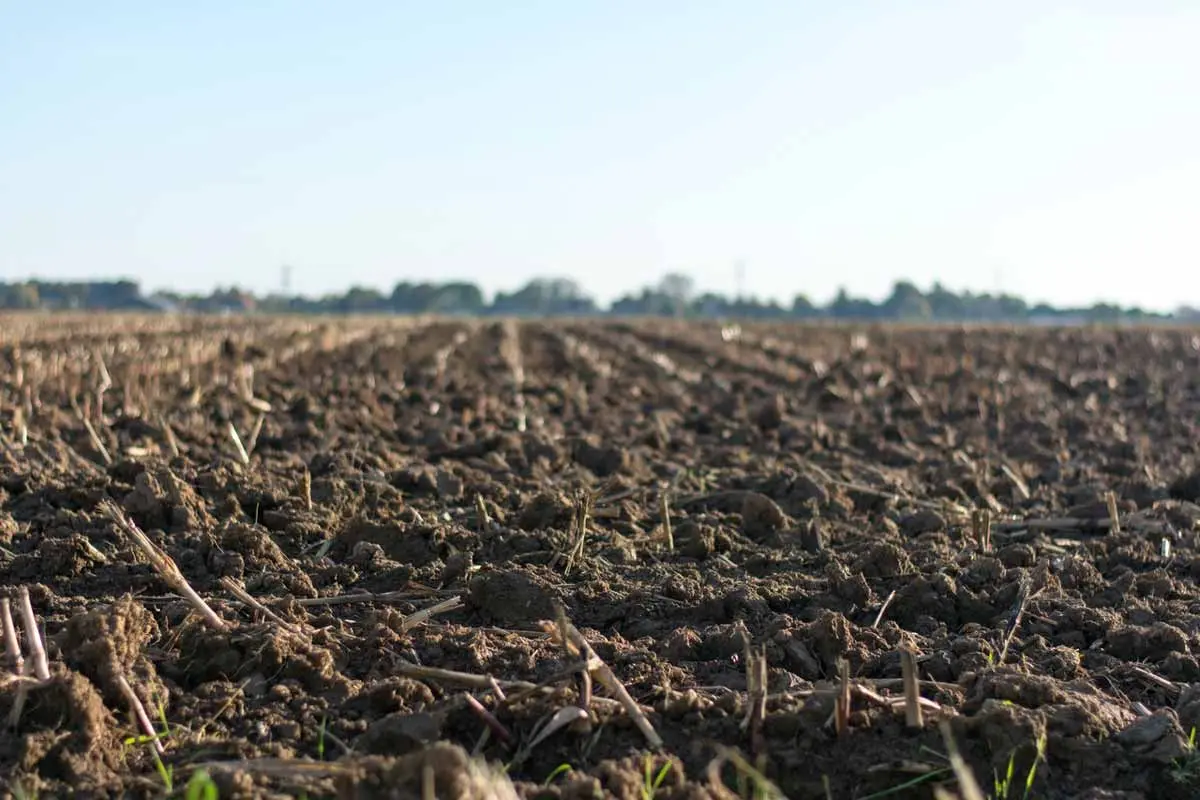
Cultivation involves a number of processes including land clearing, preparation and actual seeding.
These processes require some activities like plowing to make it easier. Such activities loosen the fertile topsoil layer.
Harvesting removes soil cover and increases exposure of the loosened soil to harsh elements of nature.
Loosened soil makes it more vulnerable to be blown away by wind (wind erosion) or washed away with rain water (water erosion). These are different types of soil erosion.
When cultivation occurs multiple times every year, there is a greater amount of soil erosion. This erosion is potentiated by harsher elements like human activity, strong winds and stronger rainfalls.
For example, Soy production in Brazil causes loss of 55 million tons of topsoil each year.
As the degraded land turns barren, farmers leave the area empty. Any of the remaining topsoil from this cleared area is blown away. After this happens, you won’t even find a single soil nutrient on that farmland.
The layer eroded is the topsoil or the upper-most layer of soil. This is the most fertile layer of your soil.
Once the land has no vegetation, the quality and quantity of topsoil falls.
4. Soil Degradation
Soil is king when it comes to germination!
That germination requires a few essential nutrients and heavy metals (like Potassium and Phosphorus) for the right amount of growth. Over-cultivation exhausts these nutrients.
Excessive cultivation leaves almost no time for replenishment of nutrients.
When the same cash crop is planted every season, similar nutrients are pulled out of soil every time. As a result, these nutrients get used up quicker than they can recover. This results in soil infertility.
This means, soil degradation is a continuing problem which is directly linked to our current farming practices.
Soil degradation is basically a vicious loop which keeps on going.
As the land is damaged by depletion of nutrients, the yield drops, and the response by farmers is increased use of fertilizers.
This restarts the whole cycle. In the long run, fertilizers just worsen the problem of land fertility.
The degradation is not limited to financial losses but directly endangers the supply of food. This puts lots of people, especially in poor countries, at the risk of not getting food.
This risk of food insecurity brings us to the next matter at hand; reduced food production.
5. Reduced Food Production
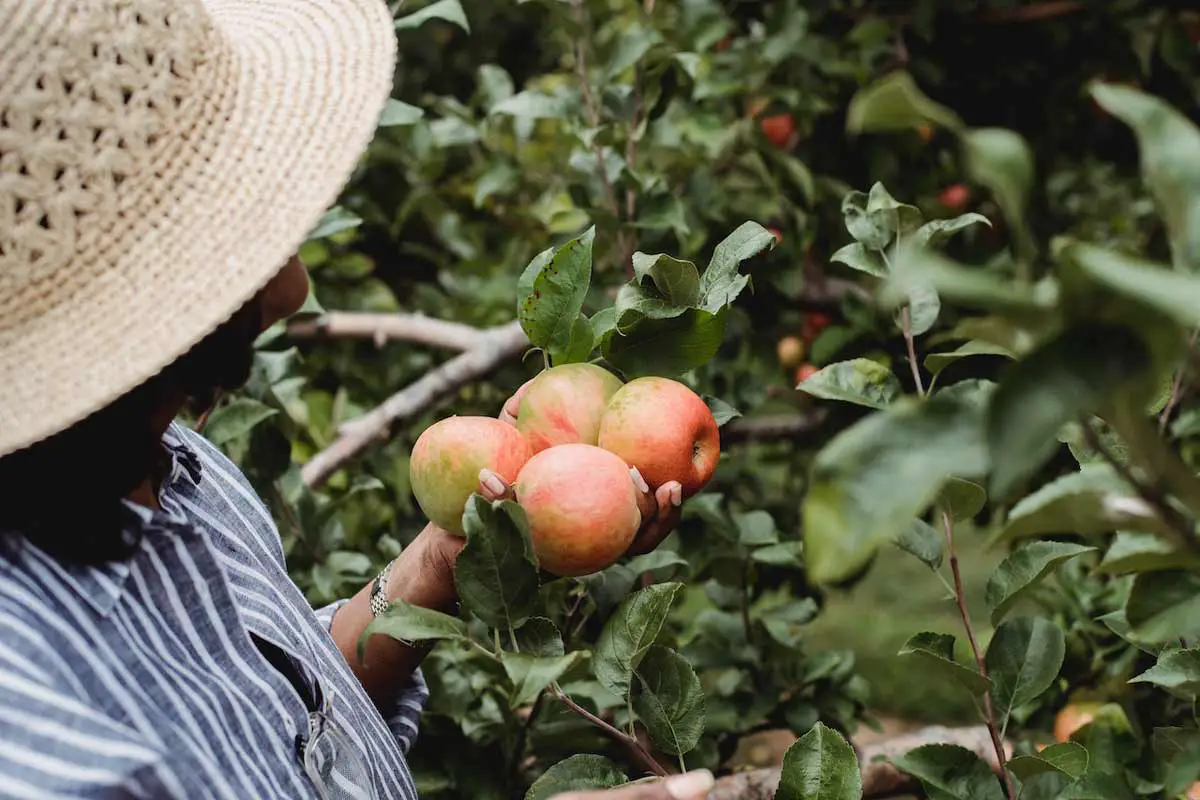
The presence of soil erosion and degradation means the most fertile layer of the soil is now at a fraction of its capacity. Unfortunately, excessive cultivation also results in the soil losing its fertility.
As a result, no matter how much a farmer tries, the yield is going to decrease after every harvest.
Before you head to the fertilizer store, you should know that applying different fertilizers at this stage will not help the rate of production. In contrast, they may even worsen the issue (unsustainable farming). This will reduce food security.
Read up the solutions ahead to know what WILL help.
6. Increased Flooding
Apart from being a mix of nutrients, the soil has other capabilities.
One of those exceptional capabilities is the water retention capacity. Rainwater gets easily absorbed into healthy soil.
Soil degradation and erosion impacts the soil’s ability to absorb and retain water.
This makes large amounts of rainfall a problem since the soil can’t absorb the extra water.
Impervious soils lead to flooding of excessive rainwater.
7. Health Hazards in Drinking Water

As we discussed, over-cultivation involves increased use of fertilizers and pesticides. Over cultivation and soil erosion leads to higher deposition of these toxic chemicals into nearby water bodies (rivers, lakes and streams).
In higher quantities, these chemicals are hazardous to living organisms (humans, wildlife, and marine life).
Natural water sources are very commonly used for drinking purposes by people in developing countries.
Due to over-cultivation, those water sources can be very dangerous for the health of people (especially those in local communities).
8. Damage to Marine Life
These farms drain their chemical-filled water into nearby rivers.
These rivers will mix with other rivers, lakes and drain (with chemicals from everywhere) into the oceans.
This phenomenon can be better described as water pollution.
Most of these water bodies have marine life thriving in them.
However, due to over-cultivation, the water surrounding marine organisms will be filled-in with too many chemicals and reduce their quality of life.
Someday, the chemicals will reach a concentration that may be dangerous to aquatic life.
P.S: Fertilizer and pesticide chemical drainage also fosters growth of algae. This leads to a devastating process known as cultural eutrophication.
9. Conflicts
The fight for survival eventually leads to internal conflicts amongst people for access to available resources.
One example would be parts of Africa, among others in the world.
80% of the farmland is damaged by severe degradation; malnutrition is on the rise with one-third of the African population undernourished with many conflicts for sharing of resources.
Sahel region is the semi-arid area between Sahara (North) and Sudanian Savanna (South) which is home to many ingrown conflicts nowadays.
In the Sahel, as many as 50 million nomads are dependent on cattle farming. There is more competition of grassland than ever before.
Large-scale conflicts have happened between farmers who want to prevent overgrazing and nomads who want to feed their cattle.
These conflicts can get intense at times as they’re both protecting their livelihood.
10. Pollution and Sedimentation
Along with chemicals, eroded soil blown into nearby water bodies leads to accumulation of sediments in water.
The sediments damage local habitats for various species. Consequently, their populations are drastically affected.
This has been observed in many countries as new research has shown that declining fish numbers is linked to farming-related erosion and sedimentation.
Moreover, the sediments decrease the depth of water bodies and increase the risk of flooding.
Solutions to Overcultivation
Now that we’ve covered over-cultivation extensively, we should talk actions to avoid any permanent effects in the future.
This way, some of the ongoing damages can also be reversed to some extent as well.
Generally, (as you may have thought) the best way to counter over-cultivation is by implementing sustainable agriculture methods on your farm.
You can also compare Conventional vs. Sustainable Farming.
1. Crop Rotation
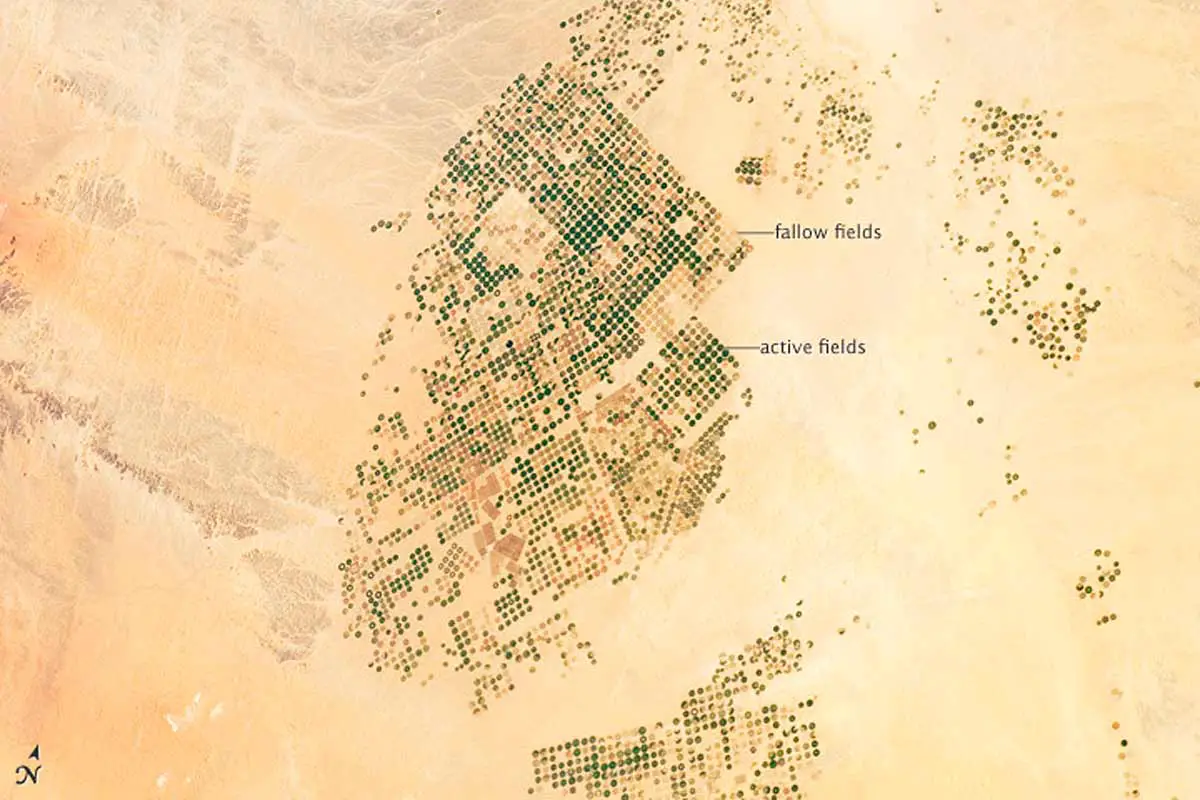
The major change that needs to be focused on is the implementation of crop rotation. Crop rotation is a system of farming where different crops are cultivated on the same land by changing their schedule.
So instead of planting the same crop which uses same nutrient mix, you’re giving the soil a break by planting a different crop every season.
Additionally, you also ensure fallow periods or break in between seasons. This allows land to restore its nutrients and regain fertility.
2. Crop Cover
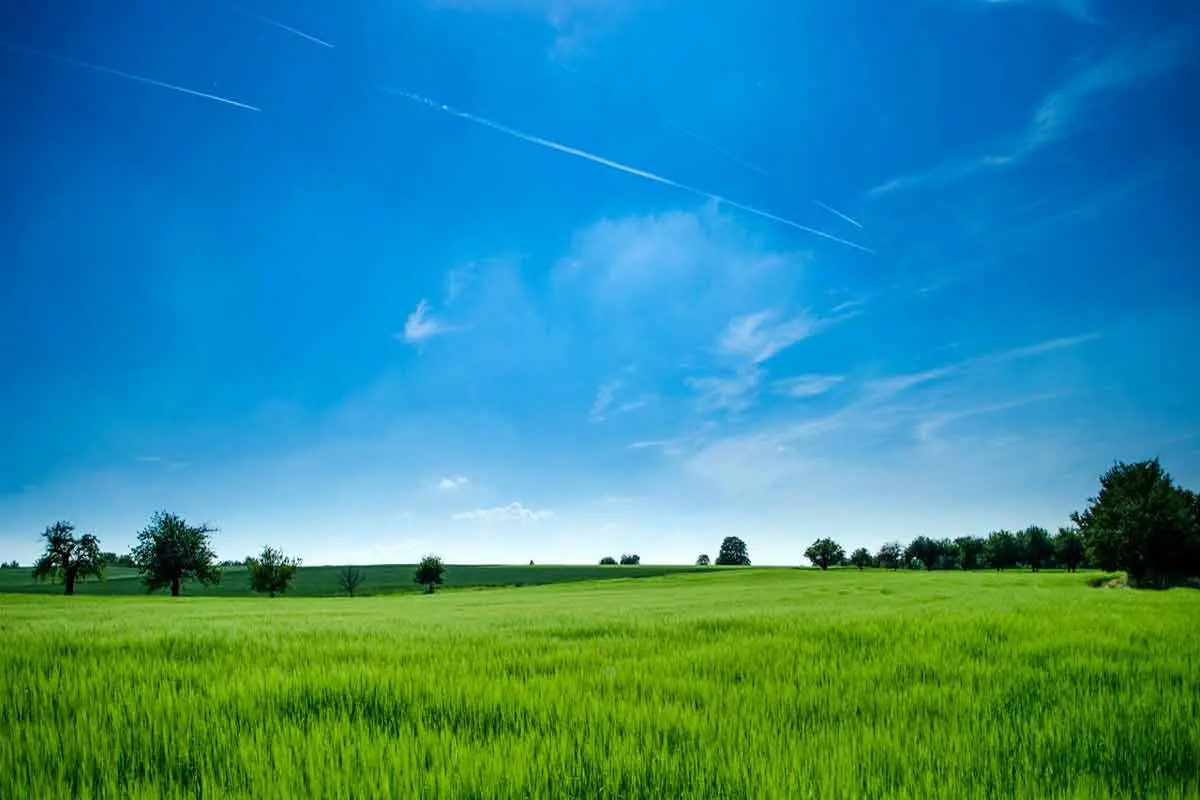
A crop cover during fallow period and presence of other crops throughout the year means there is very little chance of soil erosion and degradation.
Common cover crops include legumes, brassicas, turnips and grasses (like those in image above).
3. Leveling
Farmers should consider the slope and shape of land.
This is so that it can be plowed in a manner that minimizes soil erosion. This way you will be plowing with the contours of the land and not against it.
In laymen terms, this is also referred to as leveling.
Leveling also prevent excessive loss of water and makes way for sustainable and effective irrigation.
4. Discourage Resource-Intensive Crops
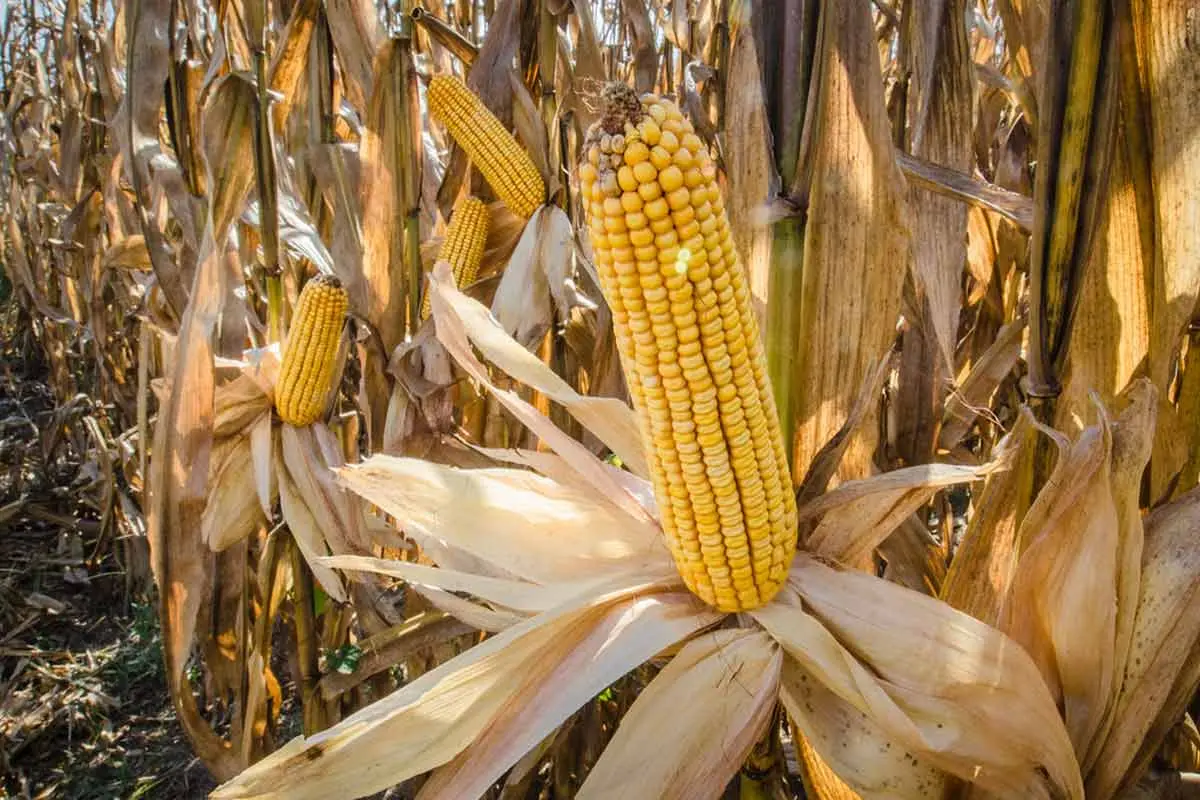
Discourage crops that are resource-intensive and increase erosion risk.
For example; Maize uses large amounts of fertilizer, pesticides and is planted at greater distances.
Maize is also harvested later than usual. Due to these reasons, soil erosion is more likely to occur in fields planted with Maize.
5. Wind Breaks
Windbreaks can be used to prevent soil erosion. Wind breaks are rows of trees at the edges of farmland.
They are responsible for protecting your farm’s soil and environment from significant erosion.
6. Reforestation
Reforestation should be promoted. This is because trees not only prevent soil erosion but also help in returning land to its natural state by conserving nutrients.
Tree roots hold the soil together and encourage soil health by promoting plant-bacteria interactions.
7. Avoid Overgrazing
Prevent overgrazing of your land. Restrict the number and types of animals grazing on a single area of your farmland.
Over-grazing results in loss of soil cover.
This will make the soil exposed to external elements of nature, like wind, and promote soil degradation as well as desertification.
8. Control Urbanization
Controlling urbanization and planning it thoroughly for sustainable use can reduce the need for clearing forests. This will go a long way in preventing deforestation.
9. Organic Farming
Organic farming avoids use of any farm chemicals. Instead, organic matter is used in small quantities overtime to promote natural growth of soil fertility.
When you employ organic farming, you have lower chances of exhausting soil nutrients or degrade soil fertility by over-cultivating.
10. Government Policies

Although all these measures are available and have been well researched, the problem lies in policy-making and unequal distribution of wealth.
This puts pressure on local farmers to increase the yields by any means possible so they can increase their incomes.
Many organizations, like UN or FAO, have started to target these issues more seriously now.
In fact, soil conservation can be added as a side-goal in programs that combat desertification.
At the end of the day, it is necessary for all of us to take over-cultivation more seriously as it can have very drastic effects on economy and life on Earth in near future.
This is especially true for agriculture-dependent countries like Liberia,
Something to think about
